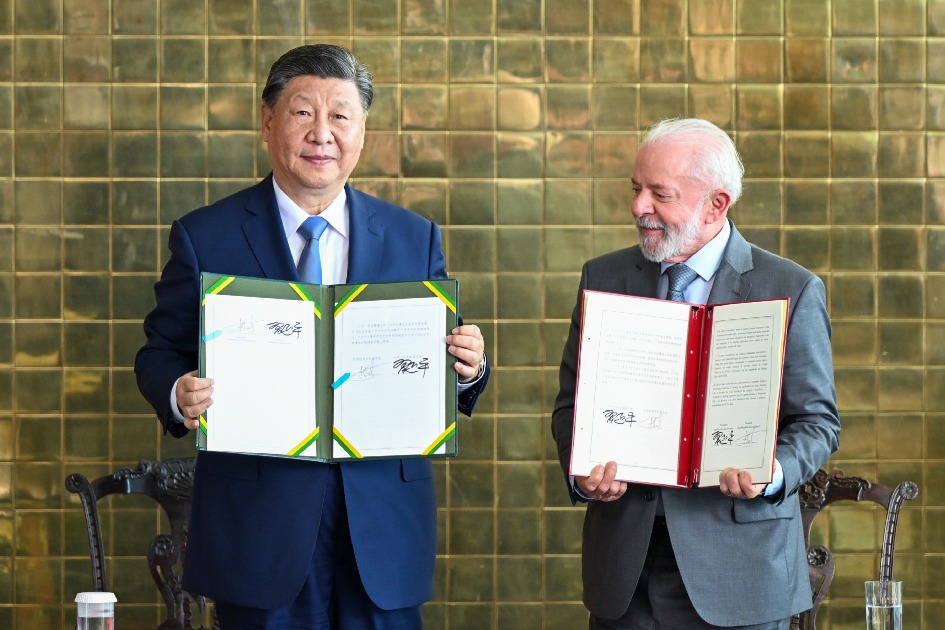A tradition set in stone
By Zhao Xu | China Daily | Updated: 2024-11-23 13:11
Jade, deeply rooted in culture, continues to fascinate as it embodies myth and reality, Zhao Xu reports.
Almost without exception, everyone has rock-hunted in their youth — searching for that shiny, beautiful, rounded stone, feeling its cool surface, wrapping their fingers around it, and tucking it into a pocket where it bounces with every step. These are the shared memories lingering at the edges of recollection.
For Chinese people, there's one particular type of stone that holds a tender place in their collective memory: jade.
Jade is to the Chinese whatever a treasure stone is to a child, and much, much more.
Since its discovery millennia ago — with the earliest traces of jade use in China dating back nearly 9,000 years — it has been revered as a mineral of profound beauty. Yet beauty alone does not explain jade's esteemed status in classical Chinese culture.
"Jade emanates a soft luster comparable to the subtle sense of benevolence exuded by a noble soul," Confucius once remarked to a disciple.
The philosopher, regarded by future generations as the sage of all ages, lived between 551 and 479 BC. By then, jade had long been fully embraced by the Chinese, serving as decorations, funerary objects, and ritual wares believed to connect them with the forces of nature and their ancestors.
Prominent examples can be found from the abundance of jade wares associated with the Liangzhu Culture. Centered in the Yangtze River Delta region in eastern China, Liangzhu, which existed about 5,300 to 4,300 years ago, is today widely known as one of the country's key neolithic jade cultures. One signature form of Liangzhu jade, known as cong, comprises a cylindrical tube encased in a square prism.
"Cong, in my view, embodies within its geometric form the Liangzhu people's view of the universe," says Fang Xiangming, who heads the Zhejiang Provincial Institute of Cultural Relics and Archaeology, the organization behind the excavation of Liangzhu in recent decades.
"From top to bottom, the cylinder — if it can be called one — has a very slight taper. If you have the experience of standing in an open field surveying your surroundings with an unobstructed view, you would know that the earth is a circle — or at least appears so to you — with its border defined by where it meets the heaven. The heaven, of course, is also a circle, albeit a bigger one encompassing you."
In other words, the jade cong, like all other forms of Chinese ritual jades, embodies the cosmological perspective of the Chinese people.
























